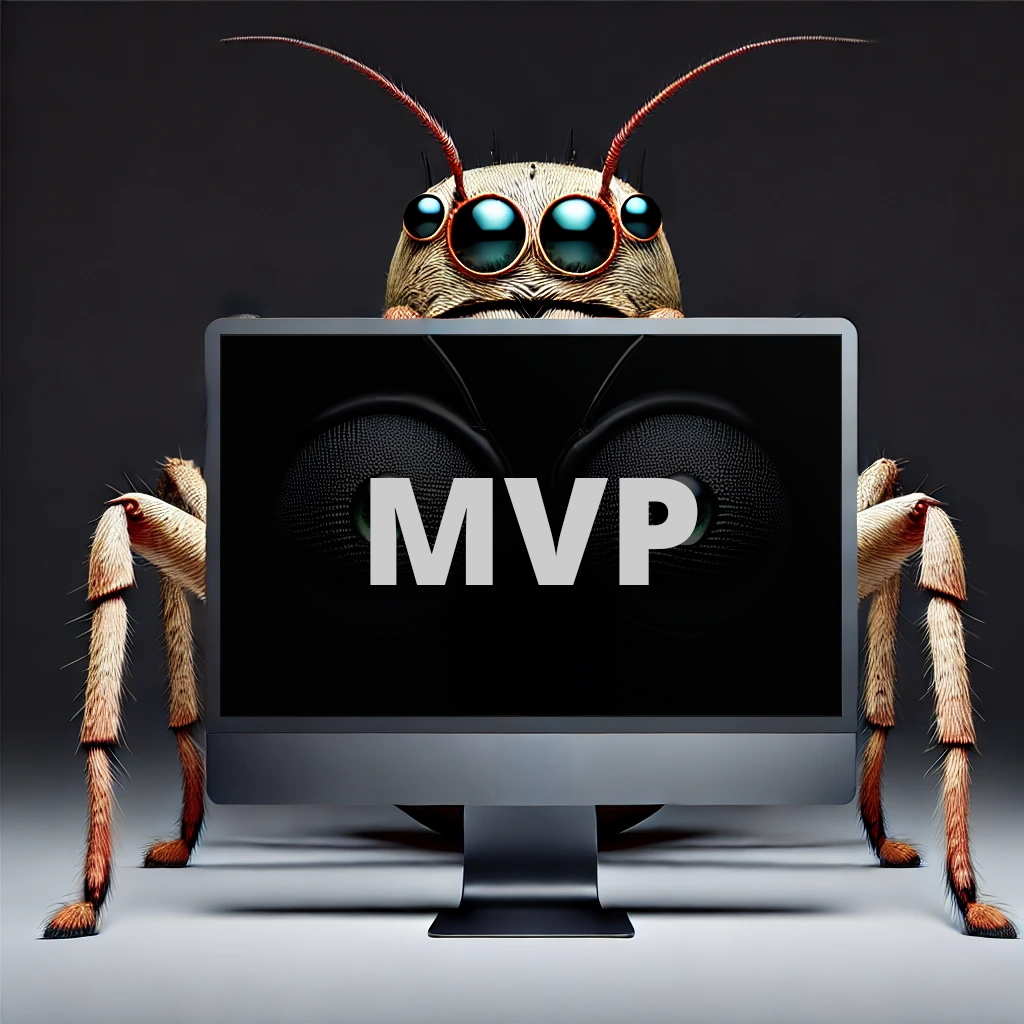Balancing Speed and Security in MVP Development.
Where innovation meets security in the software development realm.

Balancing Speed and Security in MVP Development
In today’s highly competitive digital landscape, rapid software deployment is crucial, particularly within sectors such as financial technology, healthcare technology, and consumer applications, where time-to-market is a critical determinant of success. Developing a Minimum Viable Product (MVP) offers companies an efficient pathway to validate hypotheses, gather meaningful user feedback, and establish an initial market presence.
However, the frequent prioritization of speed over security, often in an effort to reduce time-to-market, can result in significant security vulnerabilities that undermine the product’s long-term viability. Drawing upon my extensive experience in high-security software, particularly within the financial domain, I argue that an MVP cannot be considered truly viable if security is compromised for speed. Here, we explore the imperative of integrating robust security measures from the outset to ensure a sustainable and resilient product.
The Hidden Risks of Overlooking Security in MVPs
Shortcuts aimed at accelerating development—such as bypassing input validation or hardcoding credentials—often introduce critical security vulnerabilities that malicious actors can easily exploit. MVPs handling sensitive data or financial transactions must therefore prioritize security as a foundational principle to mitigate significant risks, including:
- Data Breaches: Inadequate security measures leave early-stage products vulnerable to breaches, leading to severe legal, financial, and reputational repercussions.
- Weak Authentication Mechanisms: Minimal or poorly implemented authentication exposes systems to unauthorized access, undermining data integrity.
- Technical Debt: Failing to incorporate security early on accrues technical debt, resulting in complex, costly fixes and potential system overhauls.
- Erosion of Trust: Users are increasingly aware of data security concerns; products perceived as insecure fail to gain user confidence, potentially stunting adoption before full release.
The Strategic Advantage of Secure MVPs
Contrary to conventional wisdom, building a secure MVP does not contradict the concept of agility; rather, it presents an opportunity to establish a resilient foundation, akin to constructing a building with robust materials designed to withstand both routine use and extraordinary stresses. By incorporating security from the beginning, organizations can avoid the pitfalls associated with hasty development, demonstrate a commitment to user safety, and foster trust from the earliest stages.
"Envision an MVP launch that is not only agile but also fortified against emerging threats—positioning itself to capture customer confidence far more effectively than fragile alternatives."
Advantages of Developing Secure MVPs
- Minimized Technical Debt: Embedding security into the initial codebase reduces the need for extensive, costly post-launch rework.
- Enhanced Customer Trust: Users are more inclined to trust and adopt a product when they see that security is a priority, enhancing both retention and market perception.
- Competitive Differentiation: In industries managing sensitive information, secure MVPs offer a distinct advantage as reliable, trustworthy solutions.
Strategies for Secure and Rapid MVP Development
It is entirely feasible to develop an MVP at high speed while maintaining rigorous security standards. The following are critical strategies to ensure both security and efficiency:
- Integrate Security from Inception: Establish security as a core requirement during the product design phase. Set explicit security objectives that align with overall project goals, even if this necessitates slight adjustments to development timelines.
- Implement Strong Authentication and Authorization: From the first iteration, employ robust mechanisms such as two-factor authentication and encrypted API keys. These practices ensure a secure foundation for subsequent scaling.
- Adopt Secure Coding Practices: Adhere to secure coding standards, such as those outlined by OWASP, to proactively mitigate common vulnerabilities like SQL injection or cross-site scripting (XSS). Promoting secure coding practices within the development team enhances overall resilience.
- Automate Security Testing: Employ automated tools for security testing, such as static code analysis and vulnerability scanning, to identify potential weaknesses without compromising development speed. Automation ensures consistent evaluation throughout the software lifecycle.
- Plan for Data Encryption and Protection: Incorporate encryption protocols—particularly for sensitive data—early in the development process. Encrypting both stored data and communication channels reduces exposure risks and ensures compliance with emerging regulatory frameworks.
- Integrate Cloud Security: As many MVPs are hosted on cloud infrastructures, it is essential to integrate cloud security best practices, including access management, secure configuration, and proactive monitoring, to protect the integrity of the MVP.
- Foster a Security-First Development Culture: Security should be a shared responsibility. Invest in training developers on best security practices, ensuring they are well-versed in identifying and addressing vulnerabilities across the stack.
About the Post
Author: Ken Metcalf
Date: 10 November 2024
Tags: MVP Development, Software Security, Agile Methodologies, Product Management